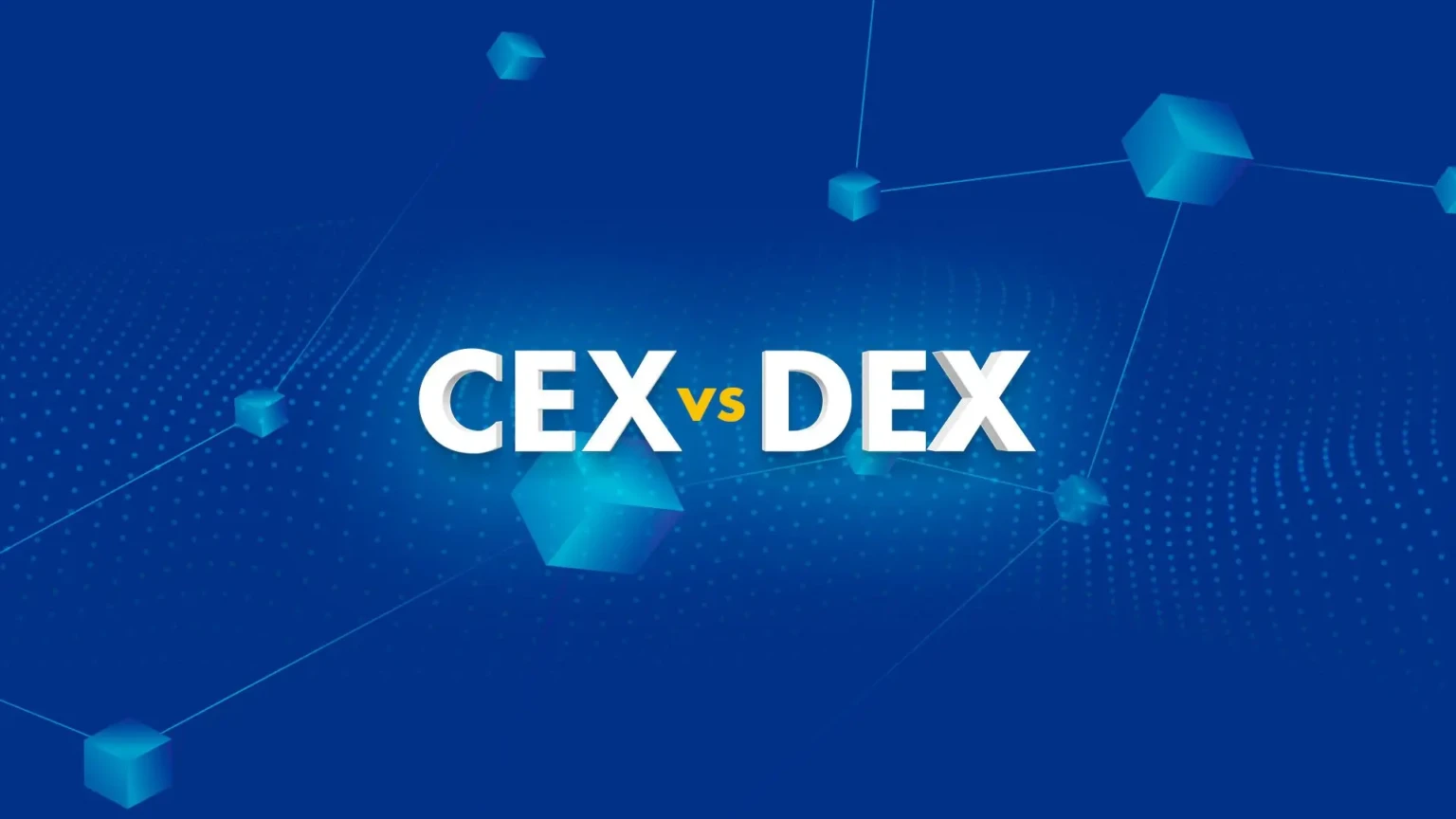CEX vs DEX Comparison: Why It Matters in Crypto
In today’s rapidly evolving cryptocurrency market, CEX vs DEX comparison has become a defining debate for traders, developers, and regulators alike. Centralized exchanges (CEX) like Binance and Coinbase dominate in accessibility and liquidity, while decentralized exchanges (DEX) such as Uniswap and Curve promise transparency, self-custody, and anonymity.
But the differences run deeper than user experience—they strike at the heart of crypto’s core tension: centralization versus decentralization.
What Is a Centralized Exchange (CEX)?
Centralized exchanges are trading platforms operated by companies that act as intermediaries between buyers and sellers. They provide fiat-to-crypto gateways, order books, custodial wallets, and regulatory compliance.
Key Features of CEXs:
- KYC and Regulation: Users must complete Know Your Customer (KYC) checks due to global compliance requirements.
- Order Books: Trades are matched via centralized order books, much like Nasdaq or NYSE.
- User Wallets: Assets are held in custodial wallets under the exchange’s control.
- Ease of Use: Their design mirrors traditional stock exchanges, making them intuitive for beginners.
CEXs are widely seen as the entry point into crypto, offering fiat ramps and advanced trading features such as derivatives. However, their custodial nature has raised concerns about trust and systemic risk—especially after high-profile collapses like FTX.
What Is a Decentralized Exchange (DEX)?
Decentralized exchanges emerged as a counterbalance, leveraging blockchain smart contracts to facilitate peer-to-peer swaps without intermediaries. Instead of relying on centralized custody, DEXs operate with liquidity pools and automated market makers (AMMs).
Core Features of DEXs:
- Non-Custodial: Users retain full control of their funds through external wallets like MetaMask.
- Liquidity Pools: Assets are paired (e.g., ETH/USDT) to allow continuous, automated trading.
- Price Oracles: On-chain data feeds ensure accurate pricing for swaps.
- No KYC: Anyone can trade globally without identity verification.
DEXs exploded in popularity after 2020 during the DeFi summer era, when platforms like Uniswap and SushiSwap fueled billions in daily volume (CoinDesk). They embody decentralization but also introduce smart contract risk and usability challenges for newcomers.
CEX vs DEX Comparison: Head-to-Head
| Factor | Centralized Exchange (CEX) | Decentralized Exchange (DEX) |
|---|---|---|
| Access | Easy to use, fiat on-ramps | Requires DeFi knowledge, no fiat support |
| Transparency | Limited on-chain visibility | Full transparency on blockchain |
| Custody | Exchange controls assets | Users maintain full control |
| User Experience | Intuitive, beginner-friendly | Complex, wallet integration required |
| Regulation | Strong compliance frameworks | Minimal to no regulation |
| Security Risks | Vulnerable to hacks & insolvency | Smart contract exploits possible |
| Liquidity | Deep liquidity pools, high volumes | Liquidity depends on providers |
Both models have distinct advantages. For risk-averse beginners, CEXs provide a streamlined experience. For crypto purists, DEXs uphold decentralization and privacy.
Hybrid Exchanges: Bridging the Divide
A new wave of hybrid exchanges is emerging, blending CEX convenience with DEX principles. These platforms offer features like order books combined with non-custodial wallets, aiming to balance usability with decentralization. They could represent the future of crypto trading infrastructure, though adoption remains early.
Why the CEX vs DEX Comparison Shapes the Future
The clash between centralized and decentralized exchanges reflects the broader identity crisis of the crypto industry: whether to embrace regulation and mainstream adoption (CEX) or preserve autonomy and decentralization (DEX).
Looking forward, both models will likely coexist. Institutional money will continue to flow through CEXs due to compliance needs, while innovation and grassroots adoption will thrive in DEX ecosystems. Hybrid models may ultimately define the middle ground.
FAQs on CEX vs DEX Comparison
Q1: Is a CEX safer than a DEX?
CEXs offer structured security but remain vulnerable to hacks and insolvencies. DEXs rely on smart contracts, which can be exploited if poorly coded.
Q2: Why would someone choose a DEX over a CEX?
DEXs allow self-custody, anonymity, and censorship resistance, making them appealing to users who prioritize decentralization.
Q3: Can I buy crypto with fiat on a DEX?
No, DEXs typically facilitate only crypto-to-crypto swaps. Fiat on-ramps remain the domain of centralized exchanges.
Q4: Do hybrid exchanges solve the CEX vs DEX problem?
Hybrid exchanges combine aspects of both, but they’re still experimental. Their long-term viability remains uncertain.
Q5: Which is better for beginners: CEX or DEX?
Beginners often start with CEXs due to their simplicity. DEXs require familiarity with wallets, gas fees, and blockchain mechanics.
Conclusion: A Market Built on Dual Pillars
The CEX vs DEX comparison is less about which is “better” and more about how each serves a different audience within crypto. CEXs remain essential gateways, while DEXs preserve the ethos of decentralization. Both will continue shaping digital finance, and traders must weigh security, convenience, and ideology when choosing where to transact.

